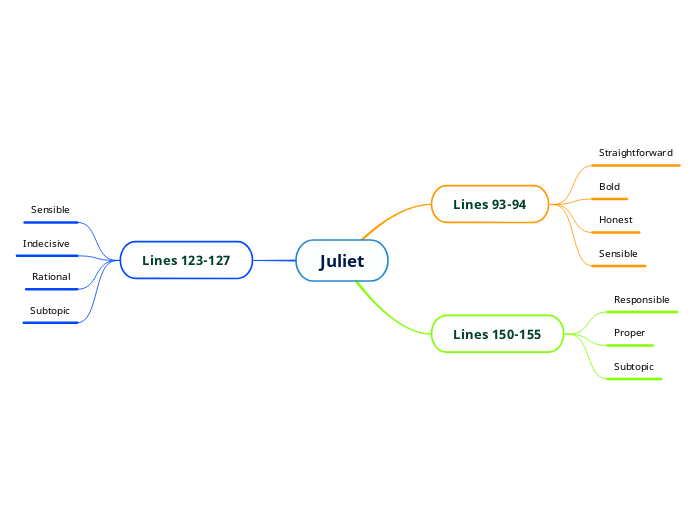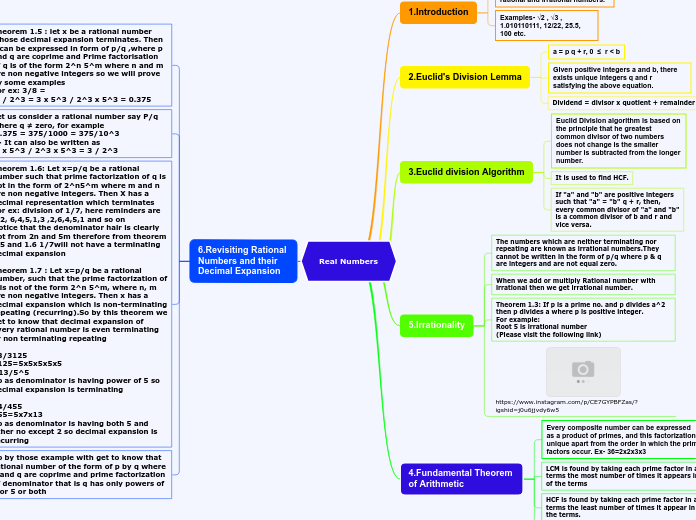por David A Olea 3 anos atrás
223
Juliet
The character's attributes reflect a blend of practical wisdom and emotional complexity. She exhibits a sensible and rational demeanor, often weighing her options carefully, which sometimes results in indecisiveness.









